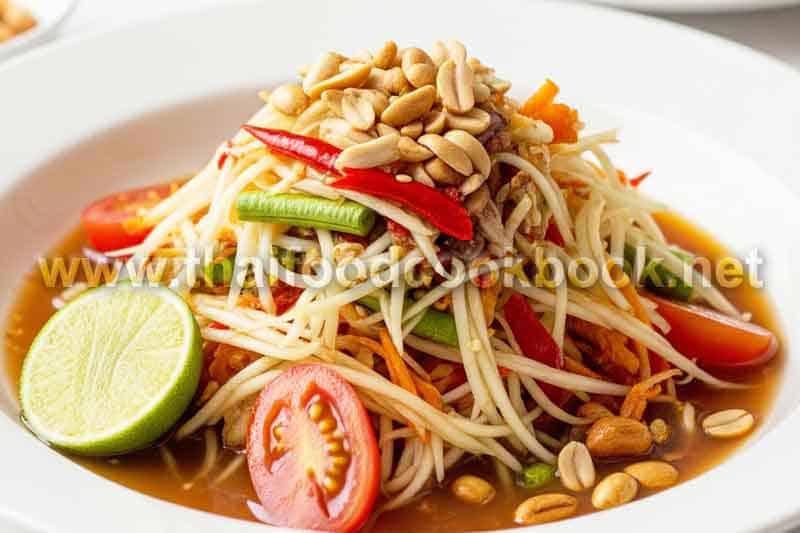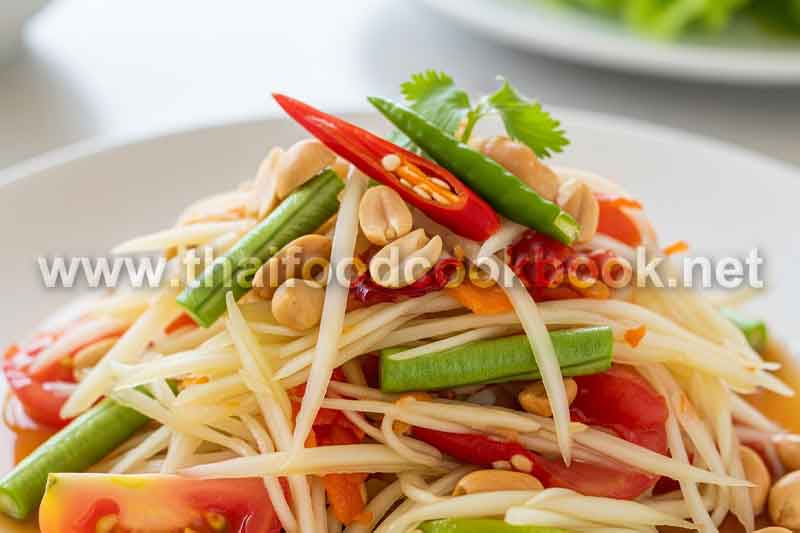Thai Street Food Safety: How to Eat Like a Pro
Exploring Thai street food is one of the most exciting ways to experience the culture of Thailand, but many travelers worry about food hygiene and safety. The good news is, with a few smart tips and a bit of local know-how, you can enjoy everything from spicy noodles to grilled skewers without worry. Street food vendors across the country have their own ways of maintaining freshness, cleanliness, and authentic flavors. By following safe eating habits, you can eat like a true local and savor every bite without fear. For more information about Thai dishes and recipes, visit this Thai food guide.
1. Understanding Thai Street Food Hygiene Standards
Thailand’s bustling food stalls often operate in open-air environments, so cleanliness varies. Professional eaters and locals know to look for stalls with high customer turnover, as this means ingredients are constantly refreshed. Vendors who wear gloves, use tongs, and keep their workspace organized are good signs of hygiene. Moreover, many local authorities have improved food safety standards through regular inspections and public health campaigns.
Here are some quick hygiene tips for street food lovers:
- Choose stalls that cook food to order — it reduces bacterial risk.
- Observe whether the vendor uses clean utensils and wears gloves.
- Avoid raw vegetables or unpeeled fruits from unknown sources.
- Look for vendors using ice from sealed bags (for drinks and desserts).
2. How to Spot Clean and Safe Street Food Stalls
Eating like a pro means knowing what to look for before ordering. Experienced travelers follow these golden rules to avoid foodborne illness:
- Check the crowd: Busy stalls often mean high food turnover and trusted quality.
- Smell the air: A pleasant aroma usually indicates fresh ingredients and good cooking practices.
- Inspect the food display: Covered ingredients and separate raw/cooked sections show professionalism.
- Watch the cooking: Vendors who fry, grill, or boil food in front of you ensure high temperatures that kill bacteria.
Another important point is hydration — choose sealed bottled water or drinks prepared with purified ice to avoid contamination.
3. 10 Popular Thai Street Food Dishes to Try
Thailand’s street food scene offers countless mouthwatering dishes. Here are ten must-try favorites for visitors:
- Pad Kra Pao (Stir-fried basil with meat)
- Som Tum (Papaya salad)
- Pad Thai (Stir-fried rice noodles)
- Grilled Pork Skewers (Moo Ping)
- Khao Man Gai (Chicken rice)
- Tom Yum Goong (Spicy shrimp soup)
- Khanom Buang (Thai crispy pancakes)
- Roti with Condensed Milk
- Fried Chicken (Gai Tod)
- Mango Sticky Rice
4. 5 Thai Street Food Recipes and How to Make Them Safely
1. Pad Kra Pao (Thai Basil Stir-Fry)
Ingredients:
- Minced pork or chicken – 200g
- Holy basil leaves – 1 cup
- Garlic – 3 cloves
- Chili – 2 pieces
- Soy sauce – 1 tbsp
- Fish sauce – 1 tbsp
- Oyster sauce – 1 tbsp
- Vegetable oil – 2 tbsp
Instructions: Crush garlic and chili, stir-fry in oil until fragrant. Add minced meat and stir until cooked. Mix in sauces and toss in basil leaves at the end. Serve hot with rice and a fried egg.
2. Som Tum (Papaya Salad)
Ingredients:
- Shredded green papaya – 1 cup
- Cherry tomatoes – 4 halves
- Green beans – 4 pieces
- Garlic – 2 cloves
- Chili – 1-2 pieces
- Fish sauce – 1 tbsp
- Palm sugar – 1 tsp
- Lime juice – 1 tbsp
- Peanuts – 1 tbsp (roasted)
Instructions: Pound garlic and chili in a mortar, add sugar and lime juice, then mix all ingredients together gently. Serve fresh.
3. Moo Ping (Grilled Pork Skewers)
Ingredients:
- Pork shoulder – 500g (sliced thin)
- Coconut milk – 1/2 cup
- Soy sauce – 2 tbsp
- Palm sugar – 1 tbsp
- Garlic – 3 cloves
- Pepper – 1/4 tsp
Instructions: Mix all ingredients and marinate for at least 3 hours. Skewer the pork and grill over medium heat until golden brown. Serve with sticky rice.
4. Khao Man Gai (Chicken Rice)
Ingredients:
- Chicken breast or thigh – 1 piece (about 300g)
- Rice – 2 cups
- Garlic – 4 cloves
- Ginger – 3 slices
- Chicken broth – 3 cups
- Soy sauce – 1 tbsp
- Vegetable oil – 1 tbsp
Instructions: Boil chicken in broth until tender, then use the same broth to cook rice with garlic and ginger. Serve with dipping sauce made of soy sauce, chili, and minced ginger.
5. Tom Yum Goong (Spicy Shrimp Soup)
Ingredients:
- Shrimp – 200g (peeled)
- Lemongrass – 2 stalks (cut)
- Galangal – 3 slices
- Kaffir lime leaves – 3 pieces
- Fish sauce – 2 tbsp
- Lime juice – 2 tbsp
- Chili paste – 1 tbsp
- Water – 3 cups
Instructions: Boil water with lemongrass, galangal, and lime leaves. Add shrimp and season with fish sauce, chili paste, and lime juice. Serve hot.
5. Essential Street Food Safety Tips for Travelers
Eating Thai street food is all about confidence and awareness. Here’s how to make sure every bite is safe and enjoyable:
- Always wash your hands or use sanitizer before eating.
- Avoid food that’s been sitting out for a long time.
- Stick to freshly cooked meals and boiling soups.
- Drink from sealed bottles only.
- If unsure, ask locals or guides for reputable food stalls.
By practicing these precautions, you can immerse yourself in the full flavor of Thailand’s street food scene with peace of mind.
Summary
Thai street food offers an unforgettable culinary experience when enjoyed safely. By observing hygiene practices, choosing clean stalls, and sticking to freshly cooked dishes, you can explore the incredible variety of flavors without worry. From spicy Pad Kra Pao to tangy Som Tum, each meal tells a story of Thailand’s rich culture. Stay informed and enjoy the adventure — for more global food safety guidelines, visit the World Health Organization food safety resources.

